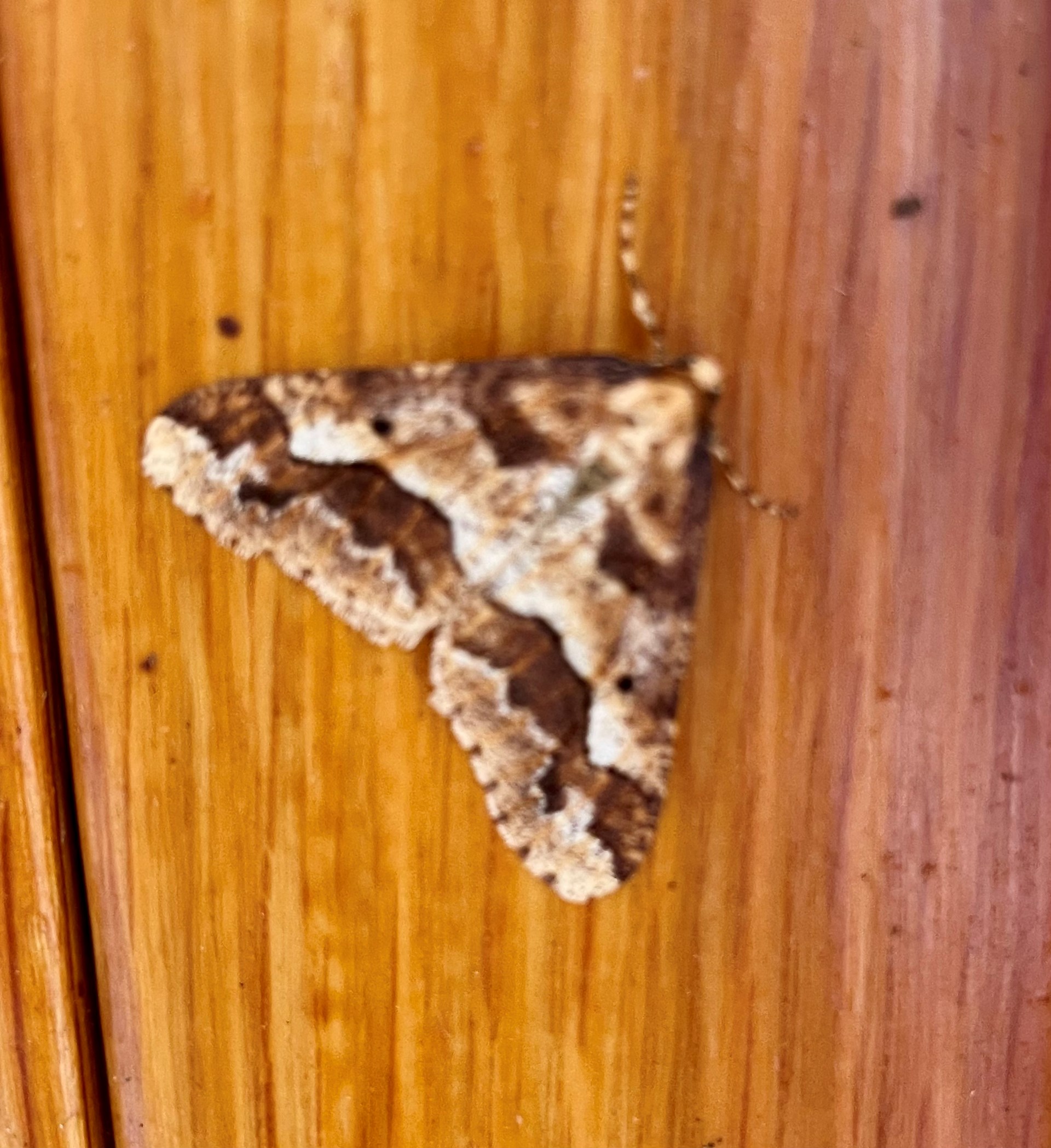Wildlife jottings Dec 2022
One of the advantages of the winter months is that it becomes much easier to see the wildlife in bushes and trees – no leaves to obscure your view. Fieldfare, Redwing and Starlings are now regularly finding any bush or tree with berries or fruit left on it and are busy eating their way through what is there. Good Winter fuel for them that will keep them going through the colder Winter months.
Whilst Robins and Dunnocks will feed on the ground along the bottom of and edge of the hedge, as soon as they are disturbed, they will fly into the middle of the hedge for protection. Now they do that but usually remain visible, due to the lack of leaves. Although it is amazing how some just seem to disappear into what looks like a hedge with no obvious place to hide.
The Goldcrest is the smallest British bird. It is about 9cm in length and weighs 5.5 grams – not very much. It shares the title of the smallest British bird with the Firecrest. Firecrest are in the woods around the village but there are much less of them.
By comparison a Wren (often mistakenly called the smallest British bird) is about 9 grams in weight and measures approx. 10cm in length.
The smallest bird in the world is a Bee Hummingbird – they live in Cuba. They are about 2 grams in weight, so under half the size of a Goldcrest – and about 5cm long. They are tiny and zip around blossom to feed. It amazes me that they live on an island that gets hit by hurricanes. It is a miracle how something so small can survive.
Anyway, back to our Goldcrests. Usually, they live in conifers or mixed woodlands and tend to live in the top part of the tree. They breed in the church yard and with a bit of patience in the Summer they can be seen in the Yew trees. They can be quite noisy, however, like most ageing males, I now cannot hear them. Their song and call are beyond the frequencies I can hear.
For such a small bird it surprises me they stay in the UK rather than migrate to somewhere warmer. They will continue to feed in the Yews in the Winter but are easier to see in hedgerows – the ones leading up to the church are currently a good place to see them. All you can see is a tiny brown blob dashing in and out of the hedge. They move constantly, so can be tricky to see in any detail, or indeed get a photo of. I have tried and failed!
The male has an orange stripe on top of its end – a crest which it can raise for display purposes. The orange has a black streak either side of it which makes it stand out. The female also has a crest but hers is yellow, again with black either side of it.
It is always worth checking every Goldcrest – it could be the rarer Firecrest. They look superficially very similar. However, the Firecrest is a brighter bird – more brighter green - with a bold white stripe over the eye and under the crest.
In the Spring and Summer, I do various bird surveys and if looking for Firecrests will take with me a recording of their song. If one is present, they will soon come down from the treetops and aggressively sing into my face, very close to me. The inside of their mouths is a beautiful orange colour.
Goldcrests behave in a similar way.
However, please do not try this at home!! Playing bird song to breeding birds on a regular basis does disturb them. I use it very occasionally and only when I am asked by a bird organisation to conduct a specific survey, where it is required.
There are lots of other birds around the village at the moment. Some of the highlights have been:
Golden plover – a report of a flock in the fields in the Ham / Buttermere area
Red Kite and Buzzard – lots of them feeding on the fields between Upton and Vernham
Siskin - coming into the feeders regularly (a very pretty bird)
Chaffinch and Yellowhammers – all roosting together in the bushes on the side of the road between Upon and Linkenholt
Stonechat – a few around. Best site is in the fields behind the dried-out pond at the end of Old Manor Farm Road.

And finally, attracted to the light by my front door, a rather lovely, albeit common, moth - a Mottled Umber.

This is an Autumn and Winter flying moth. The picture is of a male – they are quite variable, and this is a strongly marked one. The female resembles a Woodlouse, has almost no wings and cannot fly – odd!